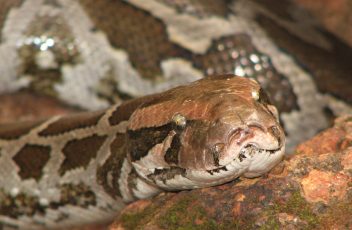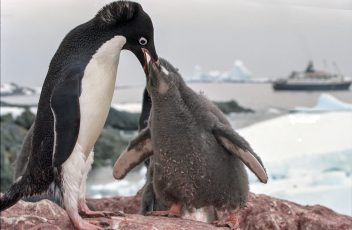Creatures with incredible superpowers including the ability to survive being frozen and suffocated and resist ageing could revolutionise medicine, space travel and even war
IT HAS been holding its breath for months. Locked under an airless seal of ice, the extraordinary animal waits. At last, the warmth of spring brings relief. Claws twitch, a brain rouses and a beak pushes through the lake’s thawing slush to take a lungful of air. Incredibly, the western painted turtle is none the worse for having endured the kind of oxygen starvation that would normally kill a human in minutes.
At more than 100 days, the turtle holds the record among four-legged animals for surviving without oxygen. It is by no means the only creature to boast jaw-dropping talents. The constellation of powers found across the animal kingdom seems fantastical: the ability to almost completely regenerate innards, to dodge ageing or cancer, to slumber immobile for months without bone or muscle wasting, to slow biological time or even enter a state of suspended animation that can withstand all manner of trials, from freezing to bombardment with gamma rays.
Almost as implausible-sounding is the idea that humans might be able to borrow some of these abilities. Yet the discovery that these powers are underpinned by genes and biological processes we too possess makes this a distinct possibility. Some potential applications – such as putting people into a sort of hibernation for space travel – remain distant goals. But others – including keeping transplant organs fresh without cooling and developing new tactics to tackle cancer and ageing – seem feasible. In fact, the US has launched a research project to exploit animal powers that could help injured soldiers on the battlefield (see “Stop the clock”).
Image: Karunakar Rayker from India [CC BY 2.0], via Wikimedia Commons

